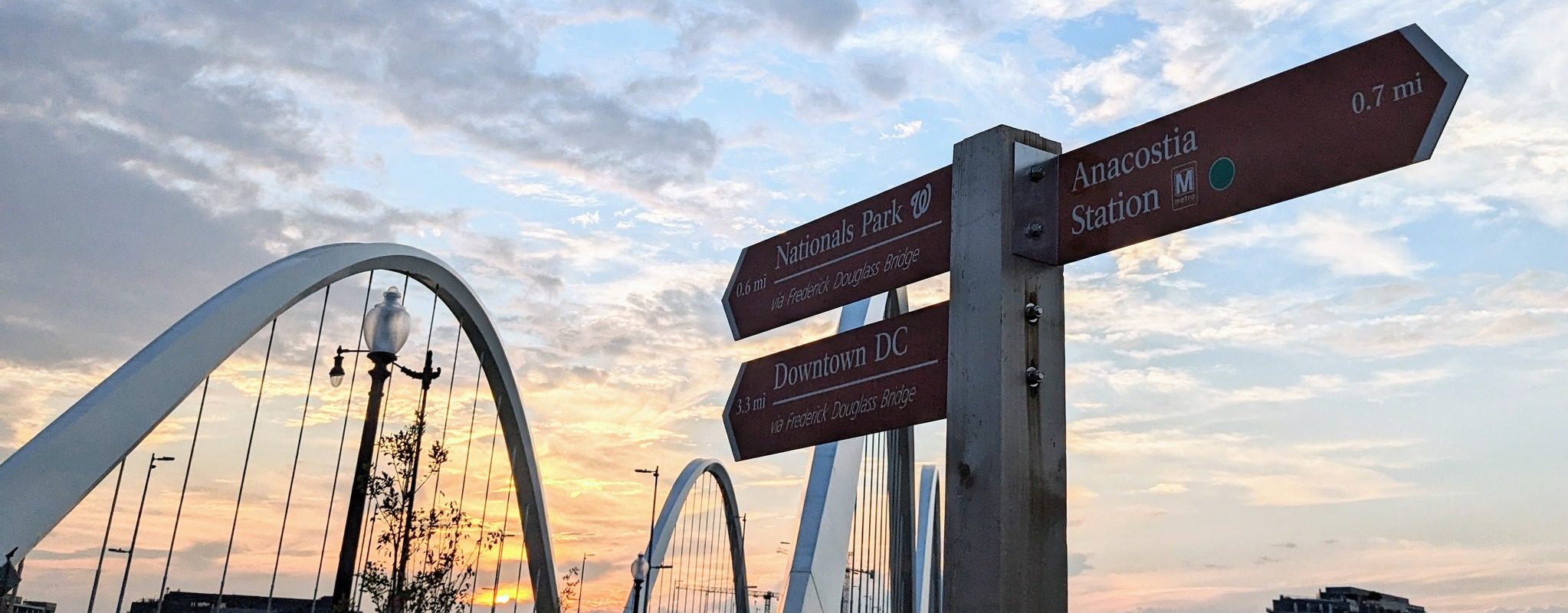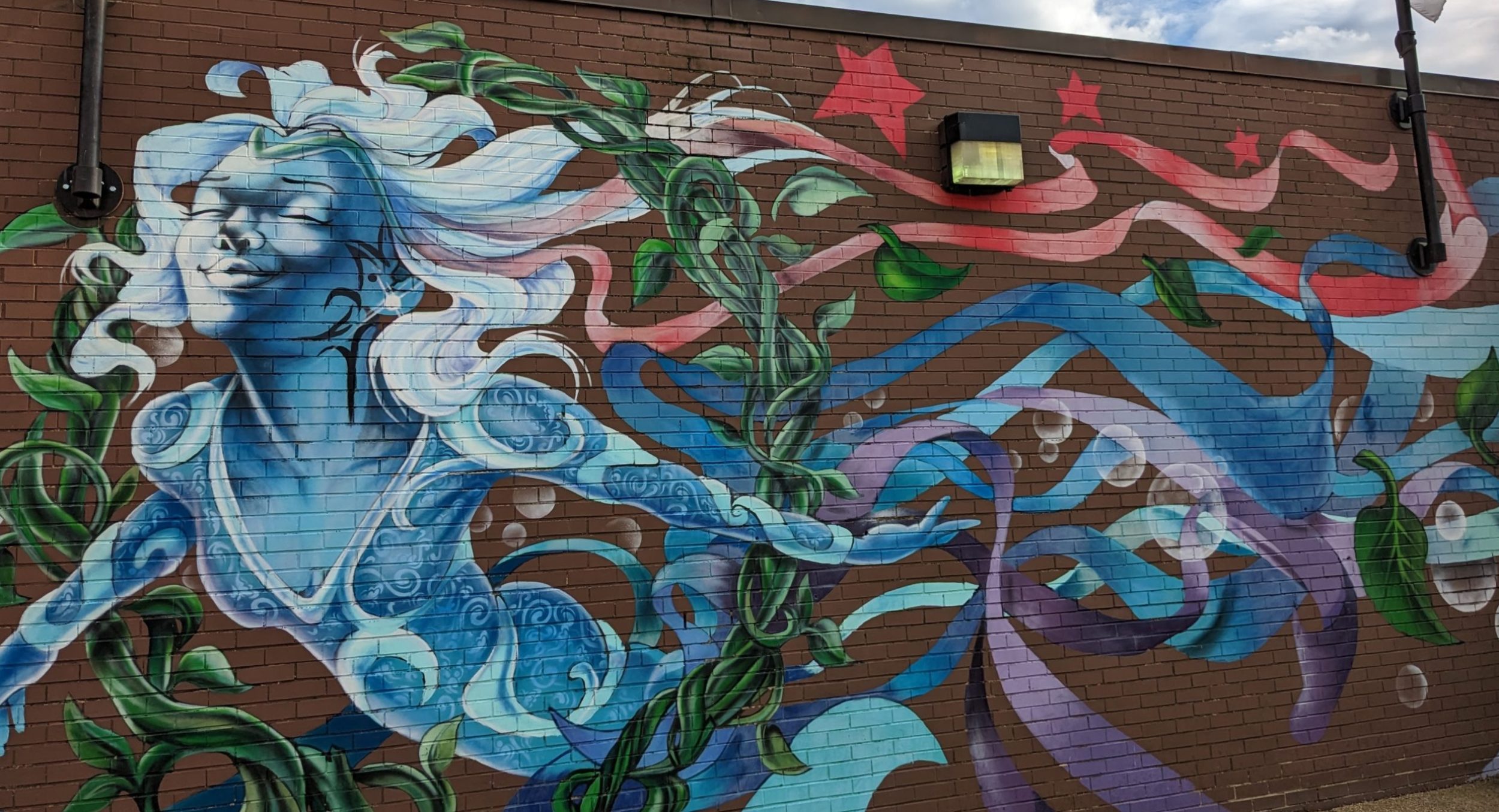King Mohammed VI of Morocco chose a bad time to visit Marrakech. Bad for us, that is. His visit meant we had to walk the long way to see gardens and some other sights, since grounds near his palace were off limits.
My husband and I and our friends were quite in the minority in viewing Mohammed VI as an inconvenience. Moroccans regard their 43-year-old king with deep affection. It reminded me of how Americans acted about then-Chicago Bulls player Michael Jordan in the 1990s, back in the day when a Gatorade commercial jingle sang about wanting to be “like Mike,” –without having to mention that the Mike in question was Jordan. Pictures of Mohammed VI appear everywhere. Billboards loom over busy intersections. Portraits hang on restaurant walls. Framed photographs stand in the front windows of stores, mixed in with the shoes or clothes or other goods on display.
Pictures of Mohammed VI appear everywhere. Billboards loom over busy intersections. Portraits hang on restaurant walls. Framed photographs stand in the front windows of stores, mixed in with the shoes or clothes or other goods on display.
Often, there is some connection between what the king is doing in the picture and the business at hand. Photo shops tended to post Mohammed VI with his infant daughter, perhaps reminding customers to get pictures of their own babies framed. At left is a picture of Mohammed VI passing a display of dates. The picture hangs in a stall in the old market of Fes, where — not surprisingly – dates are sold.
A 20-something cab driver in Casablanca had perched on his dashboard a framed family portrait of the king with Hassan II and Mohammed V, his father and grandfather. The cab driver told me that Mohammed VI is so popular that he can wander Morocco’s streets without guards. That seems unlikely, yet it’s touching that the rather hip-seeming driver believed it.
He’s a young king, the cab driver said in French. He is trying to help the country.
Mohammed VI has a lot to do. Unemployment nears 20 percent in Morocco’s cities, according to the CIA’s The World Factbook. It suggests the Moroccan government do more to promote “small and medium size enterprises.”
I wonder if businesses like the quality wood shops we saw in Marrakech count toward that goal. The shop pictured below had gorgeous samples for the furniture it makes and sells only as special orders. Craftsmen divide up the work, each responsible for some tasks, said one of the employees, Yusuf, shown with my friend Janis Blayne Paul.
“Everyone does his part,” he said.
It struck me that Yusuf echoed the prescription for economic success that Adam Smith outlined in 1776 classic, known now by its shortened title, “Wealth of Nations.” I had downloaded a free copy of the book to read during my trip, courtesy of the www.gutenberg.org site.
Smith in his book used pin manufacturing to show how dividing labor works:
“One man draws out the wire; another straights it; a third cuts it; a fourth points it; a fifth grinds it at the top for receiving the head; to make the head requires two or three distinct operations; to put it on is a peculiar business; to whiten the pins is another; it is even a trade by itself to put them into the paper”
Working together, the men may produce about “upwards of forty-eight thousand pins in a day,” far more than they could do alone,” Smith says.
Of course, success means making something consumers want and making it for a good price. The city of Fes is proud to show off its centuries-old tanneries that are still in use for treating leather. One man works in the vats, another stretches out the treated animal skins and a third is shown with the tea tray.. well, he brings the tea as shown in this photo. This is Morocco, and nothing much happens without tea.
It may be that the tannery continues mostly as a show for the tourists. Much of the brightly colored leather produced there seems to end up in traditional slippers known as babouches. There are racks and racks and racks of babouches on sale in the old markets. I didn’t see any tourists buying them.
Babouches were a great Moroccan export–at the time of the Ottoman Empire. And, the taste for them seems not to have lasted even as long as that empire, which collapsed after World War I. Fashionable citizens of the Ottoman capitol of Istanbul had adopted European dress by 1878, while the “old inflexible Turk’’ stuck with “the turban, the kaftan and the yellow morocco leather shoes,’’ note Nicole and Hugh Pope note in their book, “Turkey Unveiled: a History of Modern Turkey,” citing the report of an Italian visitor.

Perhaps one man in 10 in Fes and Marrakech wears yellow babouches. At least as many, maybe more, were kaftans like the fellow shown above. Outside of these cities, kaftans are a bit more rare. Babouches almost disappear. Moroccans wear sneakers and sandals and boots and loafers –the same kind of “made in China’’ footwear seen in just about every country in the world.
That may make it even harder for Morocco to achieve the goal that Mohammed VI, king since 1999, set in his 2003 throne speech. He called for the development of a “modern, productive, inclusive and competitive’’ economy, according to a report from the Paris-based Organisation for Economic Co-operation and Development. The same report notes that Morocco’s clothing exports fell 17 percent in 2005, with increased competition from Asia.
So, Morocco seems to have a tough road in trying to boost its textiles manufacturing, one of the goals mentioned in the CIA World Factbook. More promising would be its chances of another of the goals mentioned in the Factbook, increasing tourist arrivals. Morocco offers almost constantly something interesting to look at, and almost as regularly, something good to eat or drink.
The above picture was taken at the cafe facing the Koutoubia minaret in Marrakech. Janis and her husband Rich and my husband David and I would gather there for pain au chocolat with a perfect blend of buttery and bittersweet tastes, and then croissants of pure buttery taste. We would accompany this breakfast with cups of coffee with steamed milk. There also were glasses of mint tea so fragrant that they had to be sniffed as well as sipped.
Sitting at the next table was this man in a traditional brown robe of Morocco’s Berber tribes. Look at the pointed hood and see if it reminds you of anything. “Star Wars” was shot in nearby Tunisia. We wondered if Obi-Wan Kenobi’s robe maybe came from some traditional Berber market. (If anyone reading this knows, please e-mail me.)
Moroccan men often seemed dressed as if they were filming movies, albeit many for roles as extras. The night we arrived in Casablanca’s Mohammed V airport, four smiling porters in tan uniforms whisked a line of luggage carts in a sweeping half circle through the lobby like something from a musical. An hour later, we were asking directions of a police officer wearing a uniform like this:
I’d always thought of white leather as a material limited to the pocketbooks carried by girls on the day of their first Holy Communion. In Morocco, the white leather sash and matching gun holster gives a spiffy look to the dark police uniform. And check out how the guards dress for duty at the royal tombs in Casablanca.
Of course, this is all a side show to Morocco’s real attraction—its buildings. They make it easy to understand why the number of tourists arriving in Morocco rose more than 40 percent to 5.8 million in 2005 from 4.0 million in 1990, a statistic given by a branch of the United Nations, the World Tourism Organization.
Here are some photographs of sights in Morocco. The good ones are David’s. The less good ones are mine.

href=”http://bp3.blogger.com/_fILOS-tRszk/Rj6k6pxxwII/AAAAAAAAAok/xu0xd3I6N14/s1600-h/a+mrk+Bahia+Dar+doorway.JPG”>


